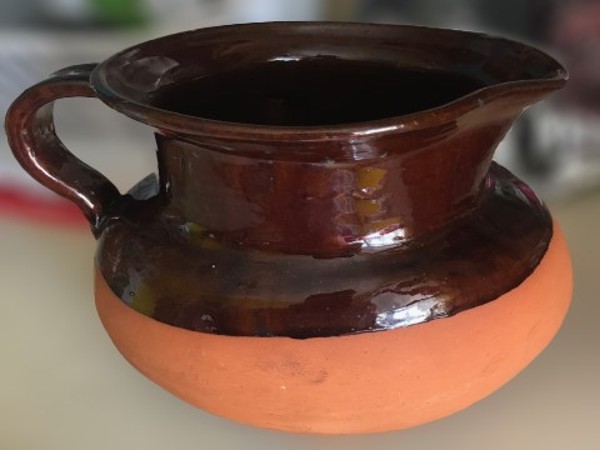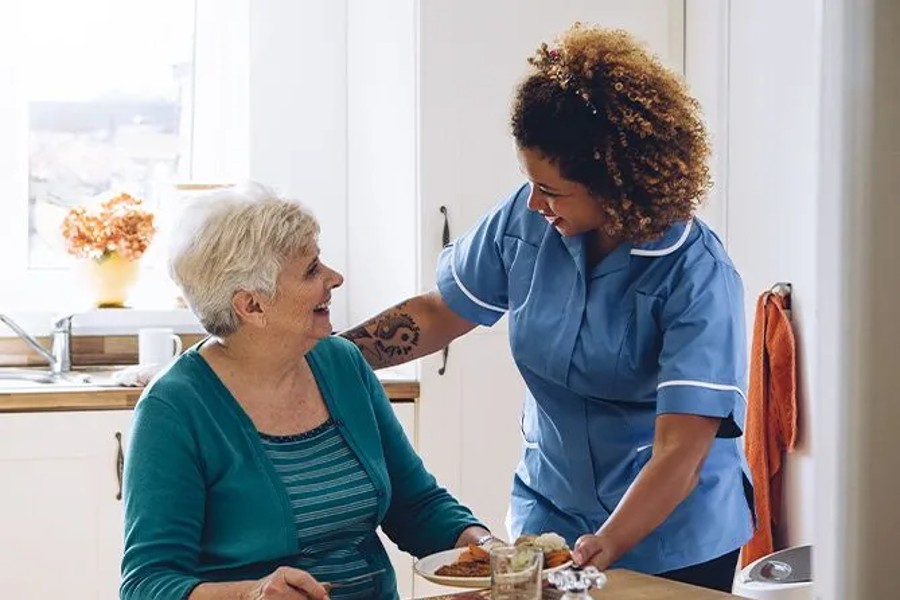 The Health Department today warned New Yorkers to avoid using traditional, non-food safe clay pots, cups, and dishes (ceramic ware) for cooking or serving foods and drinks. The Department investigated 15 cases of lead poisoning in children and adults associated with the use of these types of ceramic ware with elevated blood lead levels as high as 53 micrograms per deciliter (µg/dL) in recent months. A blood lead level greater than 5 µg/dL indicates a significant exposure to lead.
The Health Department today warned New Yorkers to avoid using traditional, non-food safe clay pots, cups, and dishes (ceramic ware) for cooking or serving foods and drinks. The Department investigated 15 cases of lead poisoning in children and adults associated with the use of these types of ceramic ware with elevated blood lead levels as high as 53 micrograms per deciliter (µg/dL) in recent months. A blood lead level greater than 5 µg/dL indicates a significant exposure to lead.
Although individuals with elevated blood lead levels may not look or feel sick, exposure to lead can cause serious health problems. In children, lead exposure can cause learning and behavior problems; in adults, lead exposure can increase blood pressure and affect the brain, kidneys and reproductive organs. Exposure during pregnancy can increase the risk of miscarriage and affect the unborn baby.
A sample of ceramic ware found to have high lead levels
“Some traditional ceramic ware has been found to contain high levels of lead and has been linked with lead poisoning in both children and adults,” said Health Commissioner Dr. Dave A. Chokshi. “Do not use decorative ceramics or those not intended for food use when preparing or serving meals. If you’re not sure if it’s food safe, just err on the side of caution and don’t use it. New Yorkers who use these products should stop using them and speak with their doctor to ask for a blood lead test as soon as possible.”
Traditional or handmade ceramic ware from around the world, including Mexico, Ecuador, Turkey, Morocco, and Uzbekistan, have been found to contain high levels of lead. Lead may be added to the decorative paint or the glazing that is used as a sealant so that the clay can hold food or liquid.
The lead used on the ceramic ware can transfer to food or drinks that are prepared, stored, or served in these products. No amount of washing, boiling, or another process can remove lead from the ceramic ware.
The Health Department routinely visits stores to determine the availability of hazardous consumer products and orders businesses to stop selling them. The Department is issuing Commissioner’s orders to NYC businesses requiring them to stop selling lead-containing ceramic ware and to post warning signs informing customers about lead hazards associated with these products.
The Department also continues to conduct education and outreach for the public and health care providers to raise awareness about the dangers associated with these types of products. To report locations where these types of traditional ceramic ware are sold, call 311.
Traditional ceramic ware has been found to contain lead at levels thousands of times higher than regulatory limits. These types of traditional ceramic ware may be available for sale in NYC stores. In many cases, people have also unknowingly brought hazardous ceramic ware from their home countries.
New Yorkers should avoid using the following types of ceramic ware to prepare, store, or serve food or drinks:
- Ceramicware that is labeled for use only as a decorative item or contains a warning label, such as – “Not for Food Use – May Poison Food”
- Handmade ceramic ware with a crude appearance or irregular shape
- Antique ceramic ware
- Damaged or worn ceramic ware
- Ceramicware that is purchased from flea markets, street vendors, or shops where you are unable to determine who the manufacturer is or information about how the product is made
New Yorkers who are currently using traditional ceramic ware to prepare, cook, serve, or store food, should request a blood lead test from their doctor. Parents should remind their health care providers to test children for lead poisoning at ages 1 and 2 and ask about testing older children. New Yorkers can call 311 to find a provider.
LeadFreeNYC
In January 2019, Mayor de Blasio announced the LeadFreeNYC plan. The approach is twofold: prevent exposure to lead hazards in the first place and respond quickly and comprehensively if a New Yorker has an elevated blood lead level. To protect New York City residents, the City has increased resources to promote awareness of harmful consumer products containing lead.
The website, LeadFreeNYC, provides additional information and guidance for New Yorkers. The website also includes data and progress on the City’s lead prevention initiatives and includes educational materials to help New Yorkers understand the dangers of lead and the tools available to anyone who may have been exposed to lead.
Lead poisoning is preventable. Avoid exposure.
Building owners are required to safely fix peeling paint. Report peeling or damaged paint to your building owner. If they do not fix it, or work is done unsafely (e.g. dust is not contained while they work), you can report the problem online or by calling 311.
- Keep children away from peeling paint and renovations.
- Wash floors and windowsills often. Wash hands and toys of children under age 6.
- Remove your shoes before entering your home.
If someone in your household works in construction, wash work clothes separately from the family laundry.
Learn more about avoiding hazardous consumer products that may contain lead, such as certain foods, cosmetics, medications and traditional ceramic ware. Visit nyc.gov/lead or call 646-632-6023 for more information.
Get tested.
A blood lead test is the only way to find out if you or your child has an elevated blood lead level.
In New York State, children must be tested for blood lead levels at ages 1 and 2 and screened for risk of lead exposure up to age 6. Ask your doctor about testing older children if you think they may have been exposed to lead.
Pregnant people should be assessed for risk of lead exposure at their first prenatal visit.
New Yorkers who are currently using traditional ceramic ware to prepare, cook, serve, or store food, should request a blood lead test from their doctor.
New Yorkers can call 311 for help with finding a doctor.
Become a Harlem Insider!
By submitting this form, you are consenting to receive marketing emails from: . You can revoke your consent to receive emails at any time by using the SafeUnsubscribe® link, found at the bottom of every email. Emails are serviced by Constant Contact








